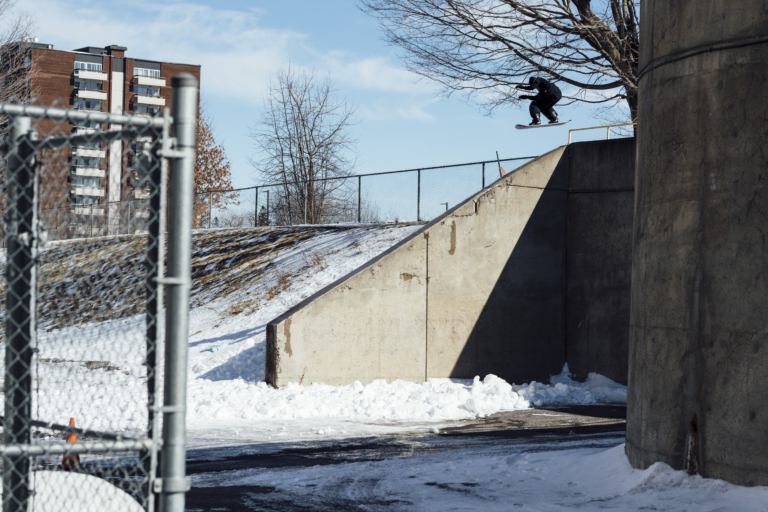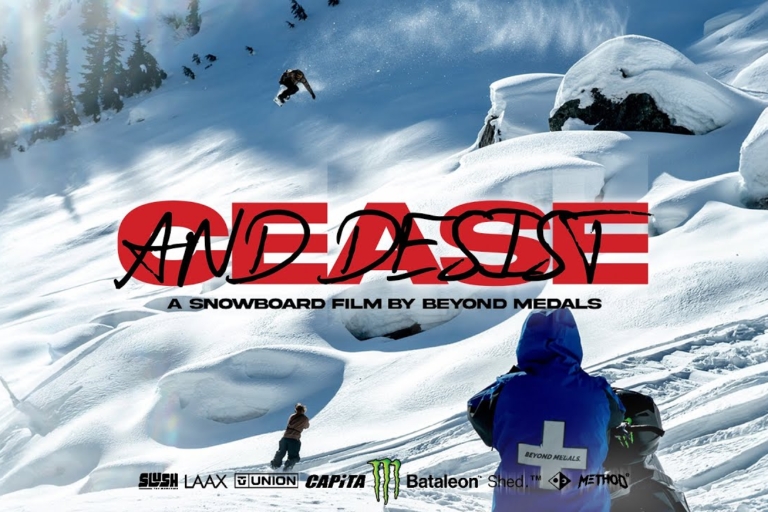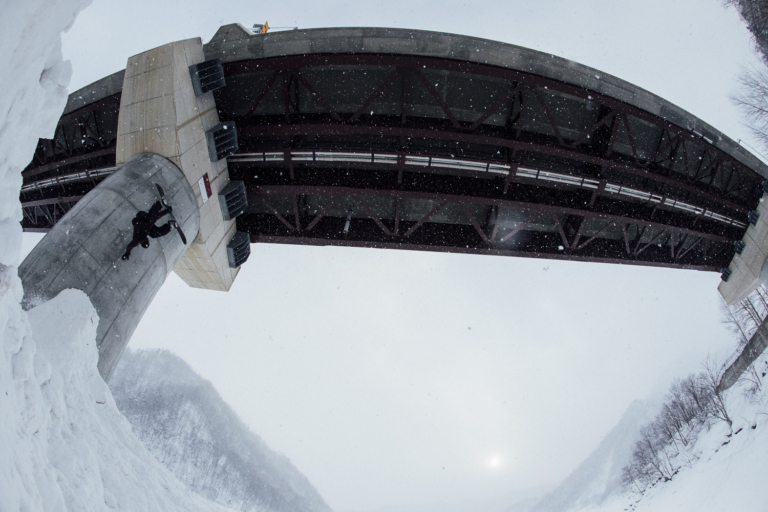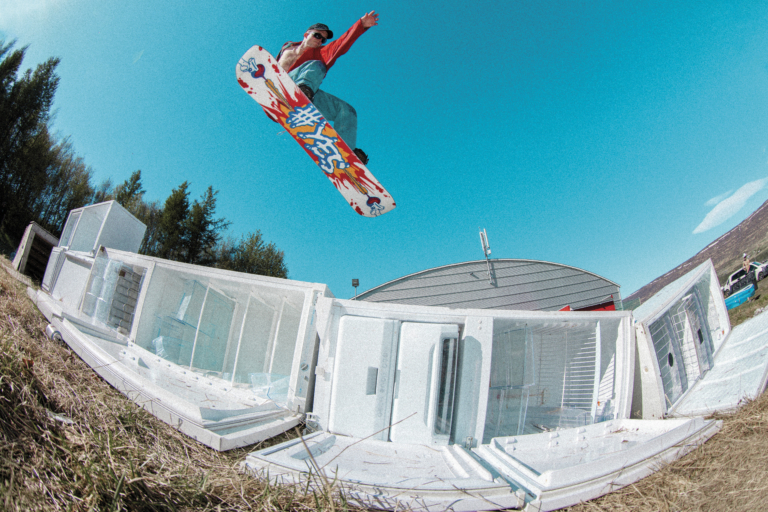Last week, Save A Brain posted a staggering infographic on their social media, a diagram of small, green- and white-toned brains that illustrated the fact that there are 2.8 Million traumatic brain injuries a year in the US. That’s a scarily high number. As the barrage of symptoms that head injuries can cause are so varied, and can be both severe and long-lasting, educating ourselves on how to take care of our brains, from wearing helmets when doing things like snowboarding, to eating nutrient-rich foods and learning ways to take care of our mental health, is so important. And of course, learning about and utilizing resources after injury is paramount. The subjects of TBI, concussion, and brain health are complex; there’s so much information that it can be overwhelming, whether an individual is dealing with an injury or trying to increase their toolbox for taking care of themselves. This is where Save A Brain comes in. This month is Brain Injury Awareness Month, which means the team at the SLC-based non-profit has been busy with events, a silent auction, and educational programs, but their work is non-stop year-round. Earlier this year, they launched an animated character, Blair the Brain, as a tool to break down topics and provide information in a digestible, helpful way. SAB’s approach is multi-faceted, and as they approach their third anniversary, we caught up with Save A Brain founder Kelsey Boyer to hear what they’re up to this spring. – Mary T. Walsh
In order to educate folks on TBI, concussions, and brain health, you created Blair the Brain. Can you tell us a little about the inspiration for Blair?
Blair the Brain is our absolute favorite addition to our programming. Head injuries are complex and hard to understand which is why people stray away from learning anything about them. Education and prevention plays a huge role in our mission, so we brainstormed for a very long time on how we could create something that made it fun, easy, and digestible for individuals to learn about the brain, together. Not only is Blair adorable, but they are also great at storytelling and sharing everything that they have learned on their own head injury journey. Keep your eyes peeled for Blair’s friends that will start to join in on the fun, so we can dive deeper into how this invisible organ functions.
What is the process of creating new episodes with Blair? How do you go about deciding what topics they will tackle and explain?
Never in a million years did I think that we would be learning about animation. The brainstorming process starts with topics, a detailed laid out storyboard with the concept and images, recorded voiceover, and then the animation with lip-sync. It truly takes so much effort to build up to each episode release. Before Blair came to life, we were all brainstorming for five months and then Melissa [Riitano] spearheaded the project. We just made a list of things that we wanted to highlight about head injuries regarding signs and symptoms, recovery, and mental health. There are so many topics that we haven’t covered yet, but we are so excited to see the Blair evolution.
Melissa provides Blair’s voice. How did she become the voice of Blair the Brain?
Funny story, we actually held tryouts for Blair the Brains voice. Myself, Melissa, and my friend, Sarah, each recorded a clip and we played the voiceover multiple times to see which fit the character best. Melissa’s voice was the best fit, so now she is building her resume for Hollywood. It is honestly fitting because Blair has been Melissa’s baby, so it was truly meant to be.
Who animates the episodes?
The animations are all done by the very talented Hadley Michaels. The film scene is pretty heavy in SLC, so I asked around for any sort of guidance on how we could bring this to life. She came highly recommended and resonated with our mission, so it was a no brainer. As for overall aesthetic and design of SAB, that’s done by Morgan Scibetta. These two powerhouse design gurus, along with Melissa and Micah helping on social media, really curated the aesthetic of SAB. Design is not my specialty, so we truly could not exist without the team.
The overall health of our brain is something that we often don’t think about until something is wrong. What are some ways we can begin to prioritize the well-being of our brain that are sort of “brain health 101” for those wanting to get started in this area?
This is always a very common question that I wish there was a perfect equation to follow. Every brain is different in regards to what it needs, but it’s the standard: mindfulness, sunlight, water, sleep, and good nutrition. There are so many educational resources but it all starts with realistic goals, because if you try to implement all of this into your routine it could become overwhelming and discouraging to follow through. Our Instagram has a lot of resources on how to implement brain-healthy habits into your routine, and we also have our Concussion Cookbook for sale that can help sprinkle in more colorful, brain-healthy foods into your diet. How can we make this easier? We ask ourselves that question constantly to keep us on track with programming to create for the community.
There is so much to learn about the brain and I’m sure it’s ever-evolving as science and health professionals discover and fine-tune new ways to take care of our brains and administer injury care. Is there anything you’re really excited about right now in the brain injury and health sphere that is happening?
Like you said, so much is evolving within the health sphere because the research that has been done is changing constantly. Helmet technology research has been really fun to learn about, especially all of the testing that a company has to pass to even produce a helmet. CTE has also been on the come up within brain research, which is another can of worms to unpack, but overall, just brain injuries and the effect of mental health has been very eye opening. I’m still doing the research every day to expand my own knowledge to get a better understanding for the future of SAB.
SAB returned to the Dew Tour last month to do helmet checks for all competitors. This is an exciting program. How is it going?
This is year two facilitating the helmet checks at Dew Tour, and the love and support has been amazing. We have heard from multiple athletes that they truly appreciate that their helmet gets checked, so they feel more confident competing at the highest level. We would love to see this expand outside of Dew Tour as well, because the athletes deserve the safety and the education surrounding helmets and their health while they push the boundaries of their sport.
This month and next are big for Save A Brain. What do you have going on that people can participate in, either in person or online?
March is Brain Injury Awareness Month and this coming spring marks our three-year anniversary, so we have a lot of exciting things in motion. In person, we will be at The Bomb Hole Cup on April 1st and 2nd, Woodward on April 4th, and May 19th will be our second annual event at the Denver Burton store. Along with that, you can join in on the fun for Brain Injury Awareness Month via social media, where we will be focusing on brain health and education the entire month. Any support goes a long way for us, so share with your friends, purchase merchandise off of the website, or treat yourself to something in our virtual silent auction!
Great point! How can people participate in the Save A Brain Auction?
We hosted a few silent auctions during COVID since we couldn’t host in-person events and the community asked that we bring it back, so here it is! Head over to @sab_auction and check out the rules and regulations, as well as the amazing items to bid on. All money raised from the auction will go towards creating and expanding programming. Save A Brain is an absolute dream come true, thank you to everyone who supports us!
For more, follow @saveabrain on Instagram, watch Blair the Brain (and more videos, like a series on intentional eating) on the Save A Brain Youtube, and check out Saveabraininc.com.





